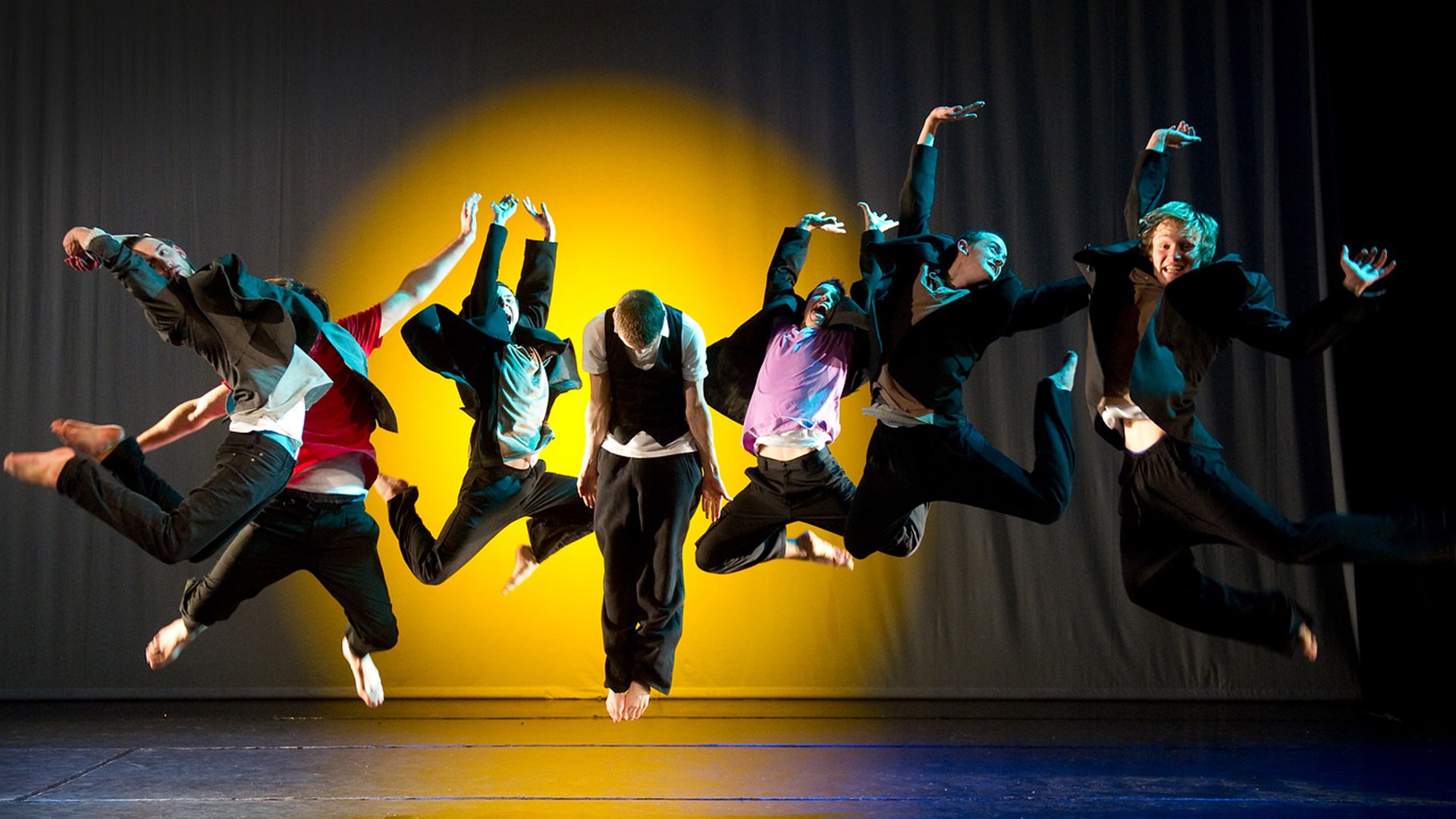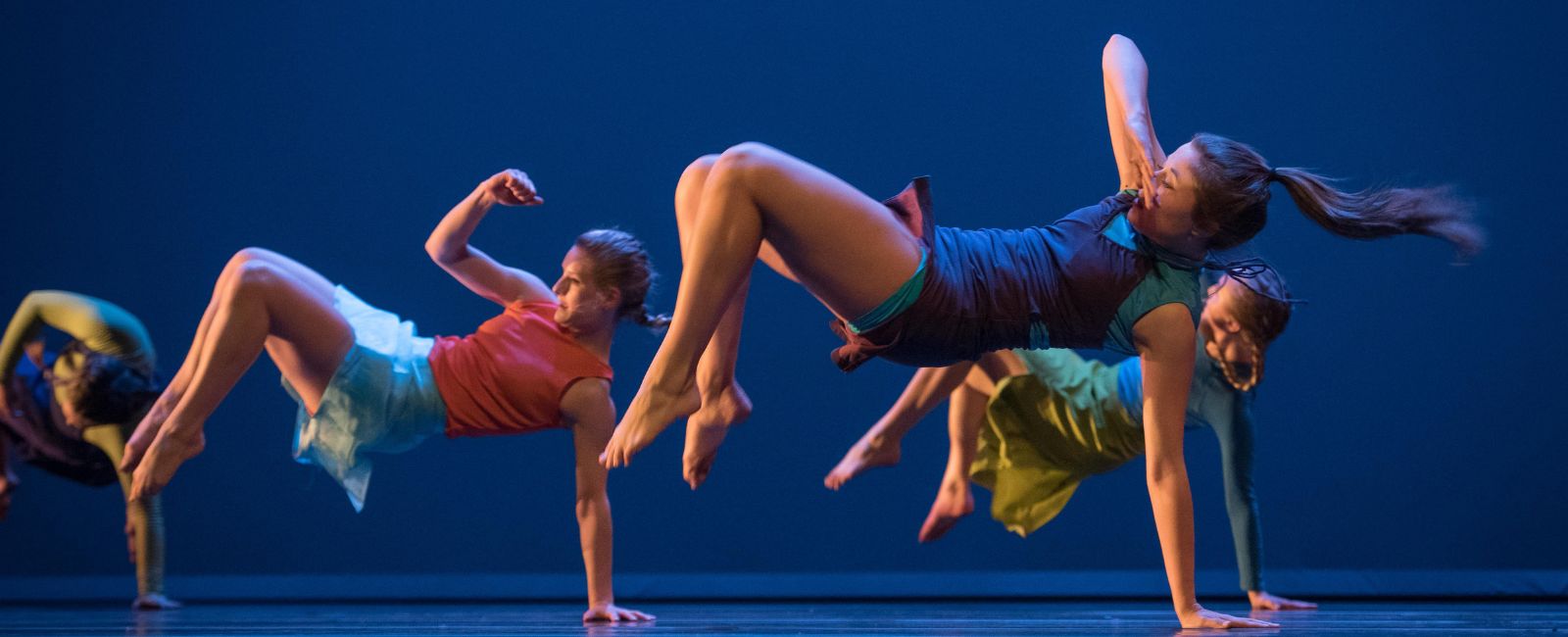International Dance Day, held annually on April 29, is a global celebration of dance, commemorating the art form’s universality, crossing all political, cultural, and ethnic barriers to bring people together in peace and friendship through a shared language of movement. Established by the International Theatre Institute (ITI) and UNESCO in 1982, this special day honors the birthday of Jean-Georges Noverre (1727-1810), a French dancer and ballet master considered the creator of modern ballet.

Page Contents
The Significance of International Dance Day
The purpose of International Dance Day is not only to celebrate dance as an art form but to widen public awareness about the value of dance, promote its inclusion in all aspects of society, and encourage governments, institutions, and individuals to provide broader support for dance education and practice. Dance is more than an art—it is a medium for social change, education, and cultural interaction.
How International Dance Day is Celebrated
Around the world, professional dancers, dance students, and dance enthusiasts come together to celebrate this day through performances, workshops, and public dance events. Every year, a prominent dance figure is selected to write a message for International Dance Day, which reflects on dance themes and the power of dance in uniting humanity.
- Performances and Festivals: Many cities host dance performances featuring a variety of genres, from ballet and contemporary to folk and hip-hop. These events serve to showcase the rich diversity of dance traditions across the globe.
- Workshops and Master Classes: Dance schools and studios often offer free workshops or master classes on April 29. These sessions are open to dancers of all skill levels and are a fantastic opportunity for beginners to dip their toes into new styles of dance.
- Educational Programs and Talks: Lectures or talks discussing the history, impact, and future of dance are common. These sessions provide deeper insights into the theoretical, cultural, and physical aspects of dance.
- Community Outreach: Many organizations take this opportunity to engage with their communities through dance. Activities might include street performances, dance flash mobs, and school events aimed at encouraging people to enjoy and participate in dance.

The Impact of International Dance Day
International Dance Day not only raises awareness about the art of dance but also highlights its role as an educational tool and a catalyst for cultural exchange. Dance promotes creativity, helps build confidence, fosters cultural diversity, and encourages physical activity, contributing to the holistic well-being of individuals and communities.
International Dance Day is a celebration of the spirit and universality of dance. By participating in or supporting dance activities on this day, individuals can enjoy and appreciate the art form while also contributing to the cultural fabric of their communities. Whether you are a seasoned dancer or a newcomer to the art, International Dance Day offers a unique opportunity to connect with others, explore new movements, and celebrate the joy of dance.
Exploring the Pros and Cons of International Dance Day
International Dance Day, celebrated on April 29th each year, is a global event aimed at honoring the art of dance and its role across all cultures. Since its establishment in 1982 by the International Theatre Institute (ITI) and UNESCO, it has aimed to promote the importance of dance in society and encourage participation across all wdbos demographics. While International Dance Day offers numerous benefits, it also faces certain limitations. This article examines both the advantages and drawbacks of this celebratory day.

Advantages of International Dance Day
- Promotes Cultural Diversity: International Dance Day serves as a platform to showcase and celebrate the rich diversity of dance traditions around the world. It brings attention to both well-known and lesser-known dance forms, fostering a greater appreciation for cultural diversity.
- Encourages Participation and Inclusivity: With events open to everyone, regardless of their level of experience, the day encourages people from all backgrounds to participate. This inclusivity promotes physical activity and can spark a lifelong interest in the arts.
- Educational Opportunities: Many events organized on this day include workshops, lectures, and demonstrations that educate the public about the history and techniques of various dance forms. This educational aspect raises awareness and deepens understanding of dance as an art form.
- Supports Professional Dancers and Institutions: International Dance Day provides visibility and support for dancers and dance companies by attracting media attention and public interest. This can lead to increased funding and support for the arts, benefiting artists and institutions financially.
- Fosters Community Engagement and Unity: Dance events bring together people from different parts of society, encouraging community engagement and fostering a sense of unity. Dance as a universal language can bridge gaps between different social, cultural, and age groups.
Disadvantages of International Dance Day
- Limited Accessibility in Some Regions: Despite its global reach, some areas may lack the resources or infrastructure to participate fully in International Dance Day. This can create disparities in access to the benefits of the day, particularly in rural or underprivileged areas.
- Commercialization Concerns: As with many cultural events, there is a risk that the core artistic and cultural values of International Dance Day could be overshadowed by commercial interests. Over-commercialization could dilute the event’s purpose and alienate its traditional audience.
- One-Day Focus: The concentration of activities on a single day might not be sufficient to achieve long-term goals related to dance education and appreciation. The impact of International Dance Day could be seen as fleeting without sustained efforts throughout the year.
- Resource Allocation: Organizing large-scale events requires significant financial and human resources. There is a risk that these resources might be diverted from other ongoing projects within the arts community, potentially leading to imbalances in cultural funding.
- Environmental Impact: Large gatherings and performances can have environmental impacts, including increased carbon footprints associated with travel, energy use, and waste production during events. These environmental costs are an important consideration in the planning and execution of dance day activities.
Conclusion
International Dance Day is a valuable initiative that brings many benefits, from enhancing cultural appreciation to promoting physical health and community unity. However, it is important for organizers and participants to address the potential drawbacks, such as accessibility issues and the risk of commercialization, to maximize its positive impact. With careful planning and consideration, International Dance Day can continue to be a meaningful celebration that honors the art of dance globally while addressing its associated challenges.
Read More Article About “Lab-Grown Diamonds: The Future of Sustainable Gemstones“










